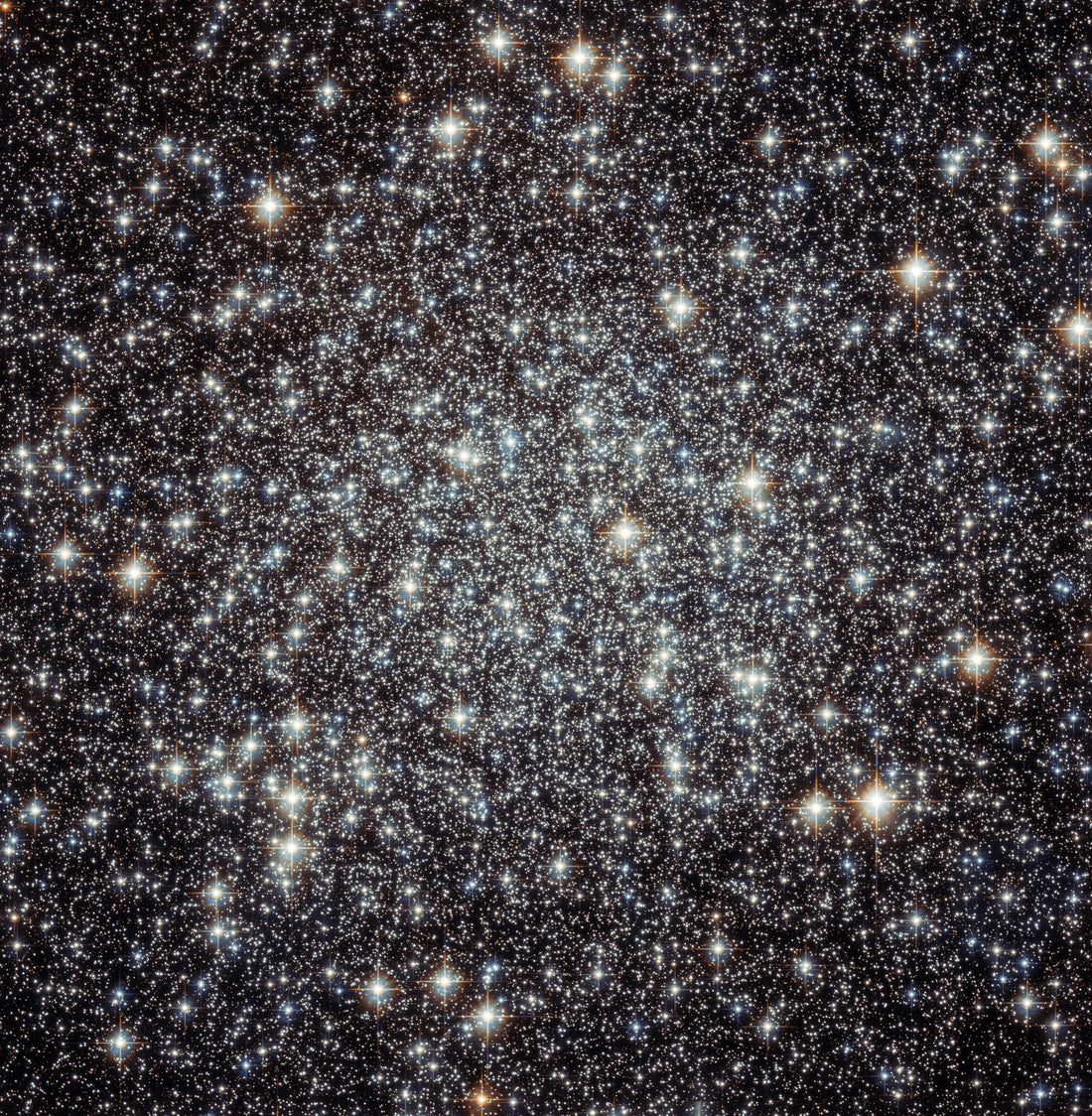
Astronz Object Of The Week: Messier 22
High in the Southern Hemisphere’s night sky, M22 glitters like a cosmic jewel. This globular cluster, nestled in the rich star fields of Sagittarius, is one of the brightest and most accessible clusters for backyard astronomers.
What Makes M22 Special:
-
A Dense Star City: M22 contains more than 300,000 stars, bound together by gravity in a sphere about 100 light-years across.
-
Close to Home: At only 10,600 light-years away, it is one of the nearest globular clusters to Earth.
-
Visible with Modest Equipment: While you can spot it as a hazy patch with binoculars under dark skies, a telescope reveals a glittering ball of countless tiny stars.
-
A Piece of the Early Galaxy: The stars in M22 are some of the oldest in the Milky Way, over 12 billion years old, offering a glimpse into the Galaxy’s earliest days.
How to Observe M22:
-
Best Viewing Time: Look to the western side of the Sagittarius teapot asterism during spring and early summer evenings in New Zealand.
-
Equipment Tips:
-
Binoculars show it as a fuzzy glow.
-
Small telescopes (like our 6″ or 8″ Dobsonians) start to resolve the outer stars.
-
Larger telescopes bring out the dense, sparkling core.
-
-
Astrophotography Tip: Long-exposure images capture its golden stars beautifully against the backdrop of the Milky Way.
Why We Love M22:
At Astronz, we are passionate about helping everyone experience these celestial wonders. M22 is a perfect target for beginners and seasoned stargazers alike, reminding us how rich and ancient our Galaxy is.
